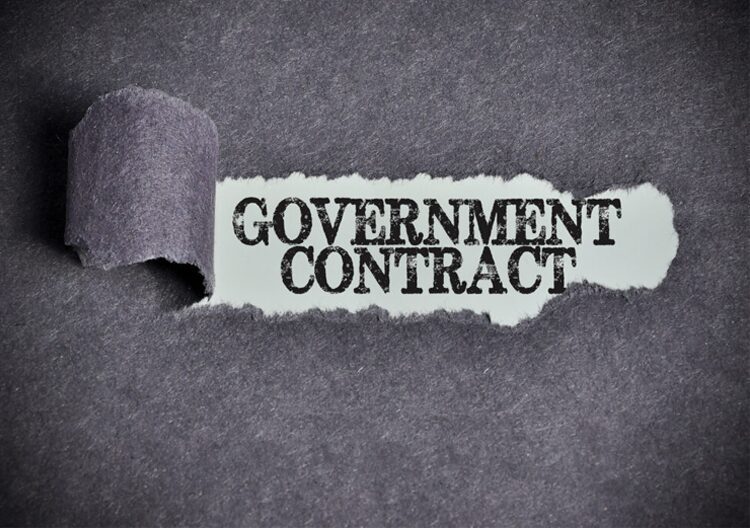How to Develop a Compliant Proposal
One of the most important steps in the proposal process is ensuring all participants know how to properly read an RFP. This involves not only understanding the requirements but to key in on the evaluation criteria to shape the narrative and solution. Navigating complicated proposal documents and the varieties of RFP structures (including Task Order RFPs) can be challenging, but knowing how to break it all down is the first step.
There is an art to telling a story to the customer that the customer will connect with while remaining compliant. Once you understand the requirements, building a great outline reduces stress and rework during the proposal development process. It helps direct the authors and integrate the proposal from the start.
You have to decide which sections are important for a compliant outline and which sections are part of a contractual document and therefore do not require a proposal mention. Another challenge is keeping track of both progress and compliance after the outline is built and the authors begin to write. This course also dives into the difference between compliance matrixes, cross-reference matrixes, and compliance checklists, and how to use each one correctly.
Note: implementing a capture plan before the RFP is released is a best practice. This allows the capture manager and authors time to start brainstorming and writing earlier in the capture phase. Being able to translate all the great information collected during capture into a compelling, concise, and compliant proposal by the due date (and without undue stress) is the key to the success of a proposal effort. The use of proven processes eliminates chaos, and it enhances the team’s efforts. Check out our Foundations of Capture Management course for more details.
Having Resume and Past Performance Templates built at Kick-Off not only saves time, it can also ensure the team is on track to avoid missing key data points required in the evaluation criteria. Resumes may be a high priority when it comes to the evaluation criteria if Key Personnel are the priority, or if Past Performance is the leading requirement, you can shape your templates to ensure instructions and win themes are built-in from the beginning.
In the process of developing a proposal, there will have an opportunity to positively impact the quality of the document when multiple authors are involved in writing. When checking for compliance, reviewers will continuously read the sections others produce to ensure they can course-correct if authors have drifted from the requirements. The course also covers transitioning topical proposal outlines into an annotated outlines. Annotated outlines guide authors and assignments can be woven into the outline for further ease of use.
Join us for the next “How to Develop a Compliant Proposal” course on June 1-2, 2021 to master the techniques for structuring proposal outlines accurately and effectively.
Contact us to learn more.

